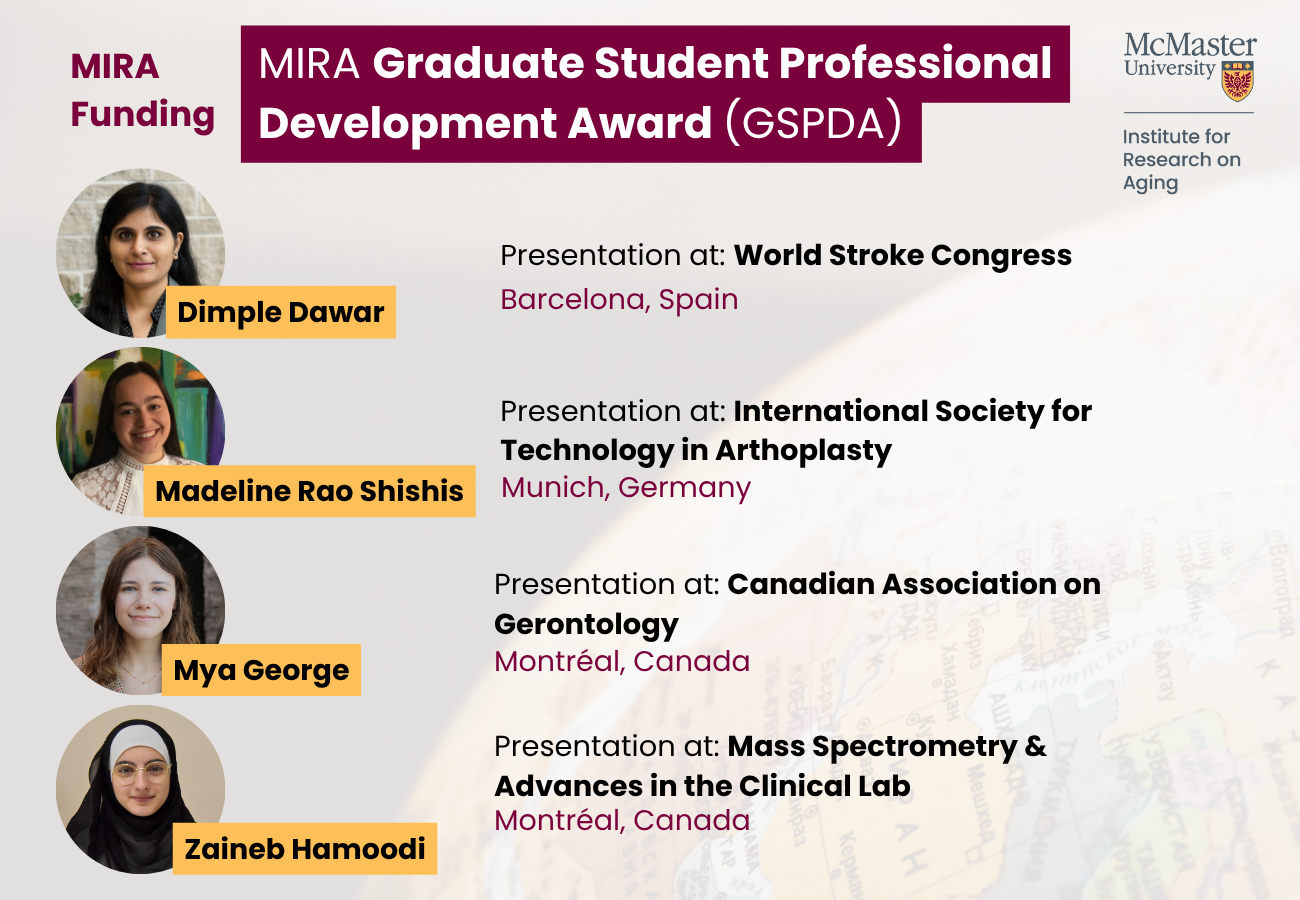
Published: October 10, 2017
Green tea is widely considered to be beneficial for the brain. The antioxidant and detoxifying properties of green tea extracts help fight catastrophic diseases such as Alzheimer’s. However, scientists have never fully understood how they work at the molecular level and how they could be harnessed to find better treatments.
Research from McMaster University is shedding new light on those underlying mechanisms. Preclinical evidence suggests that the green tea compound known as EGCG interferes with the formation of toxic assemblies (oligomers), one of the prime suspects in the early steps of the molecular cascade that leads to cognitive decline in Alzheimer’s patients.
“At the molecular level, we believe EGCG coats toxic oligomers and changes their ability to grow and interact with healthy cells,” explains Giuseppe Melacini, lead author and a professor in the Departments of Chemistry and Chemical Biology as well as of Biochemistry and Biomedical Sciences at McMaster, who has worked on Alzheimer’s-related research for 15 years.
The findings, which are the results of a decade of advancements in nuclear magnetic resonance (NMR) methodology and are featured in the cover page of the Journal of the American Chemical Society, could lead to new therapies and further drug discovery, say researchers.
Despite decades of research, the causes of Alzheimer’s remain not fully understood, and treatment options are limited. According to the latest census numbers, seniors living in Canada now outnumber children, dramatically increasing the need for effective drugs and prevention. By some estimates, the number of Canadians with dementia is expected to rise to 937,000 by the year 2031, an increase of 66 per cent compared to current numbers.
“We all know that currently there is no cure for Alzheimer’s once symptoms emerge, so our best hope is early intervention. That could mean using green tea extracts or their derivatives early on, say 15 to 25 years before any symptoms ever set in” says Melacini.
Next, researchers hope to tackle nagging problems such as how to modify EGCG and similar molecules so they can be used effectively as a food additive, for example. EGCG is unstable at room temperature and notoriously difficult to deliver into the human body, particularly the brain.
“Food additives could prove to be a crucial therapy or adjuvant” says Melacini. “It will be important to capitalize on them early in life to increase the odds of healthy aging, in addition to exercise and a healthy lifestyle.”
Source: Daily News

